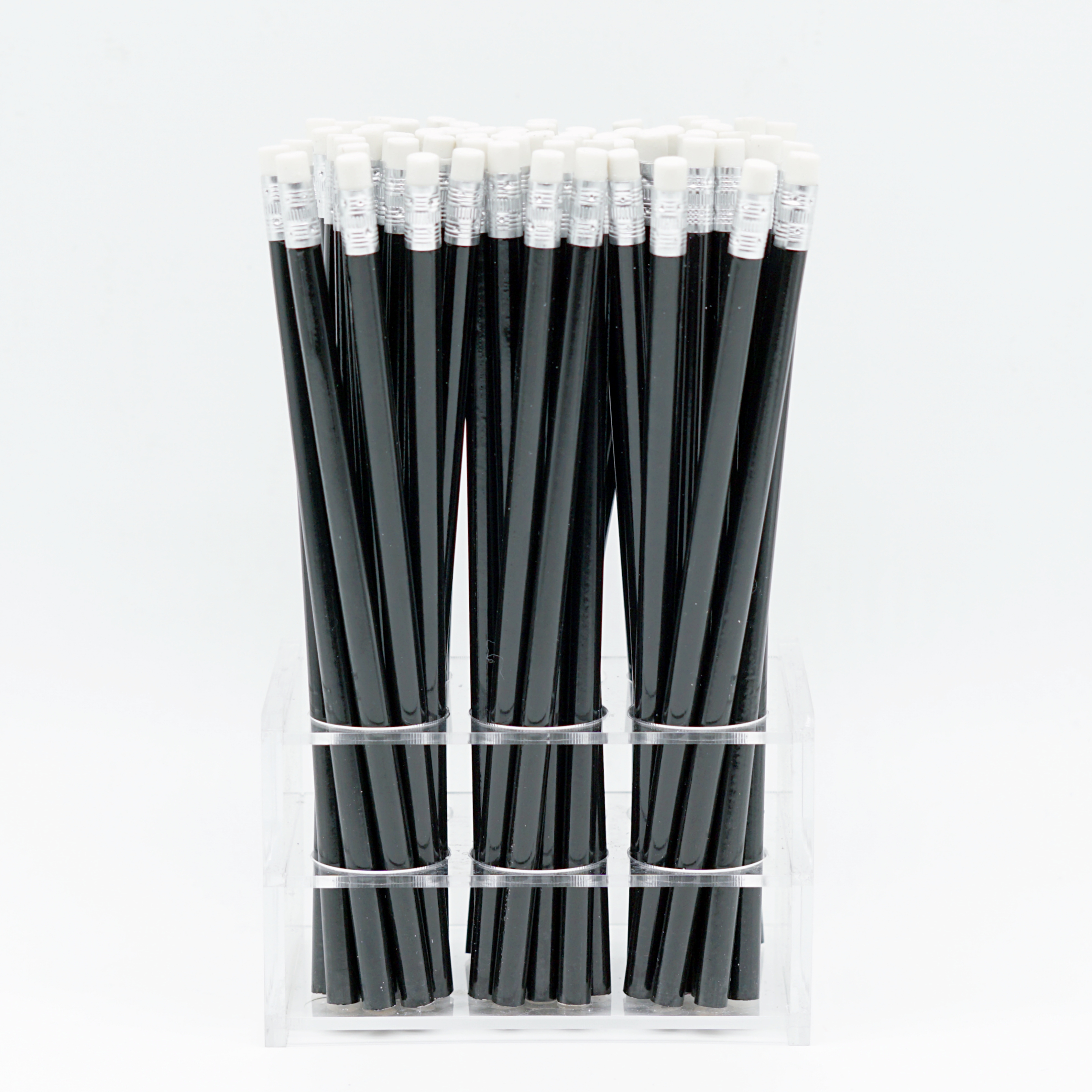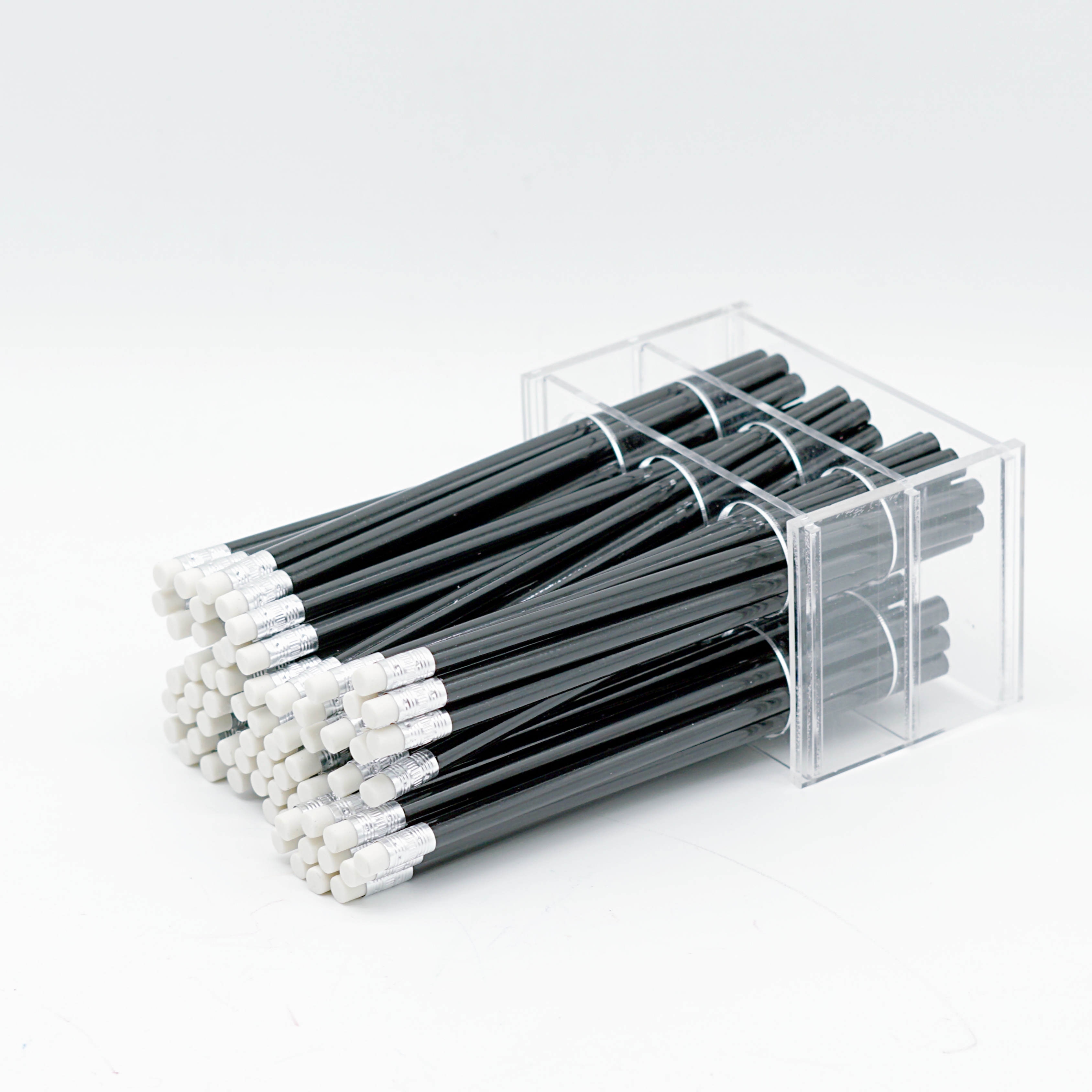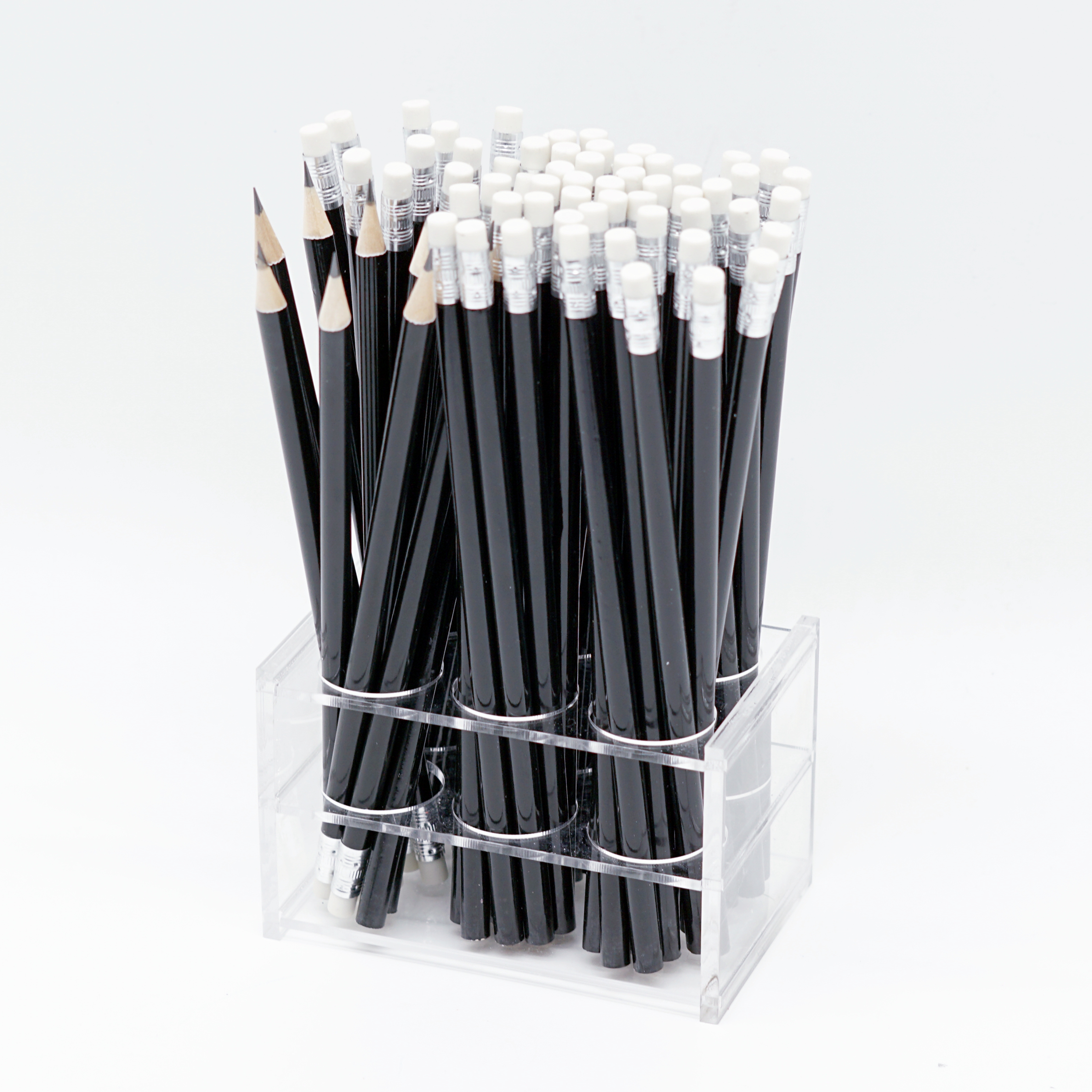How to use a pencil correctly
As children begin to write, parents can help establish and reinforce a proper pencil grip. A proper pencil grip is not only necessary, but also promotes improved handwriting comfort and fluidity in writing. Some education experts believe it may even play a role in helping brain development. Since it's often difficult to retrain a child to hold a pencil in the correct position through age six, introducing a proper pencil grip - known as basic "tripod" control or pencil grasp - early on is Wise.
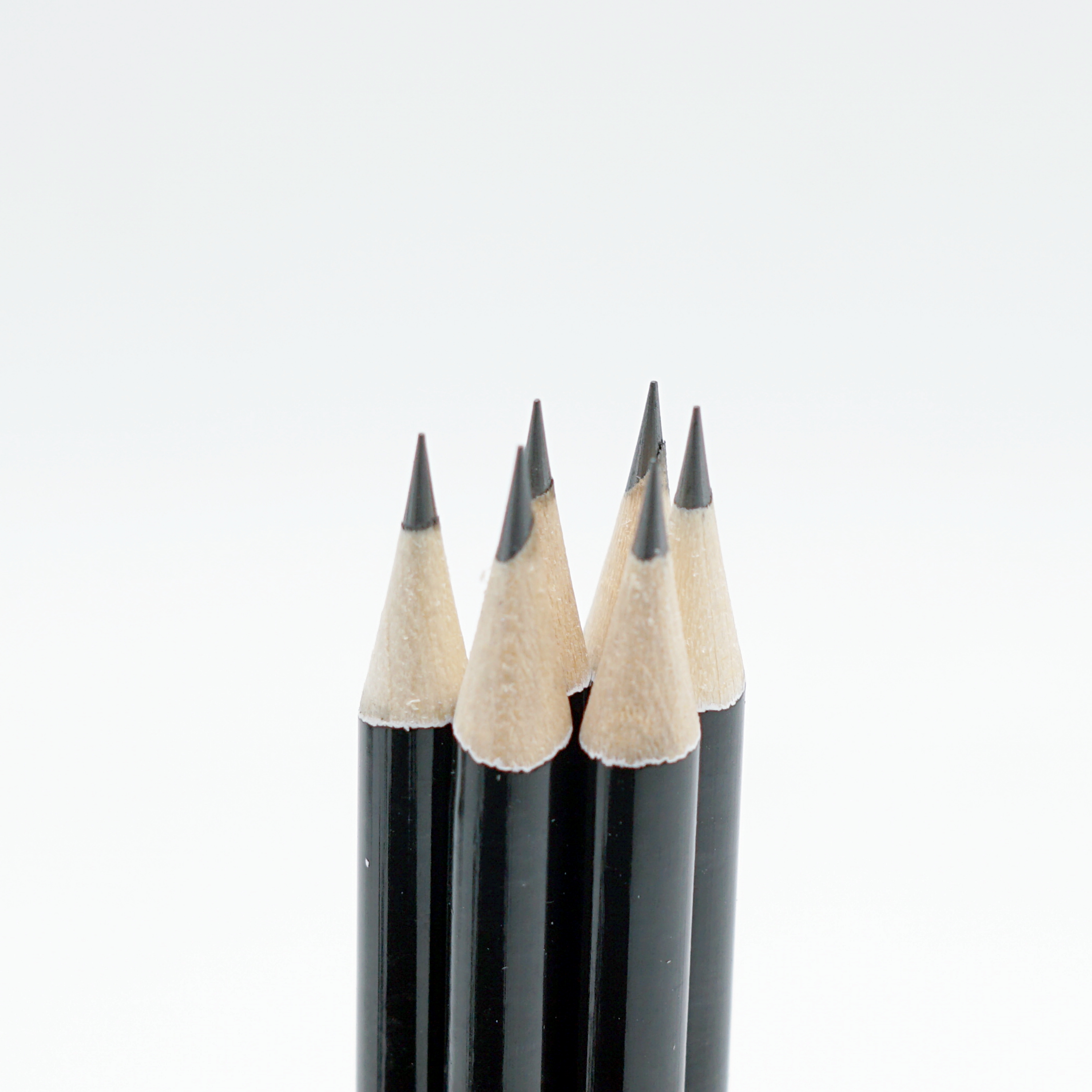
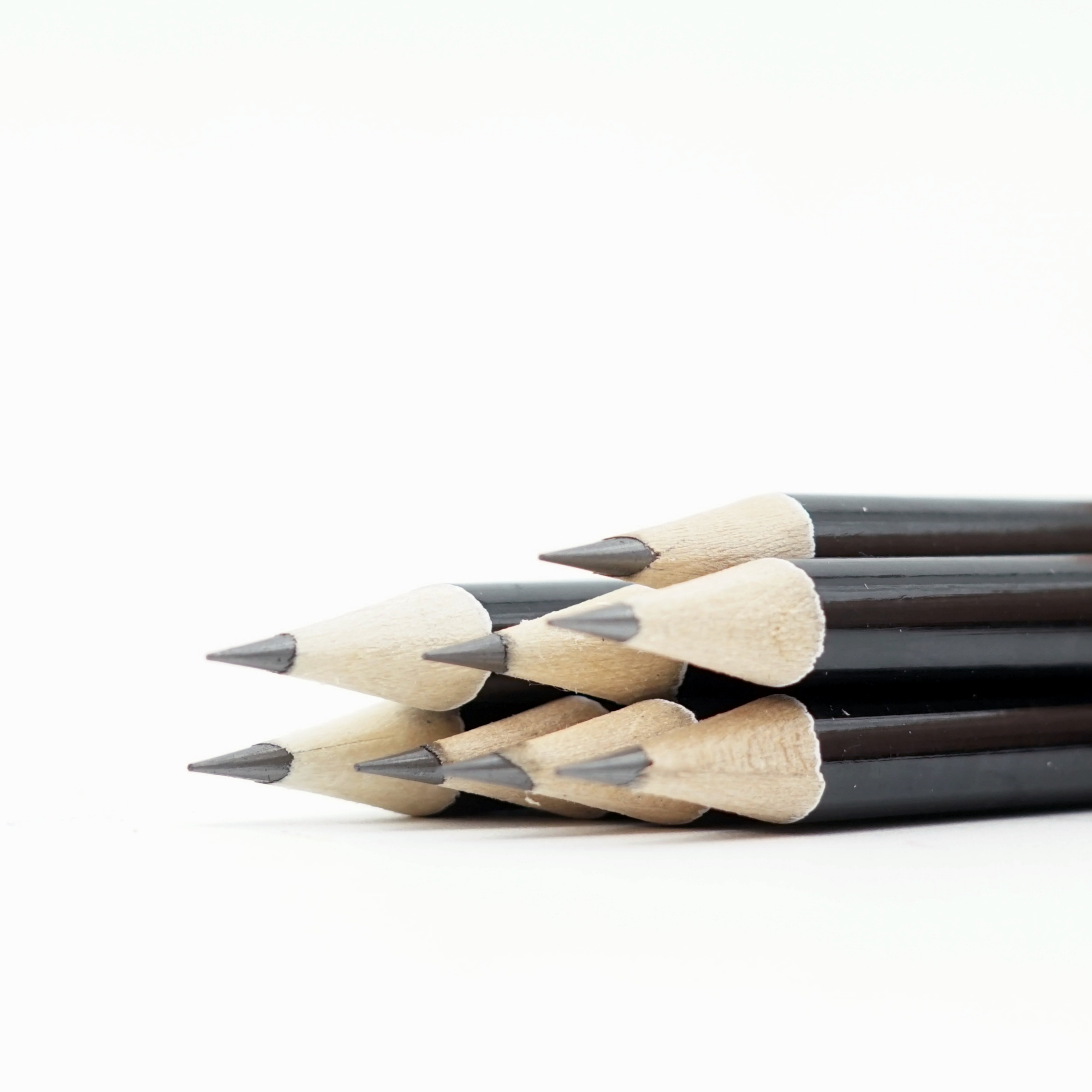
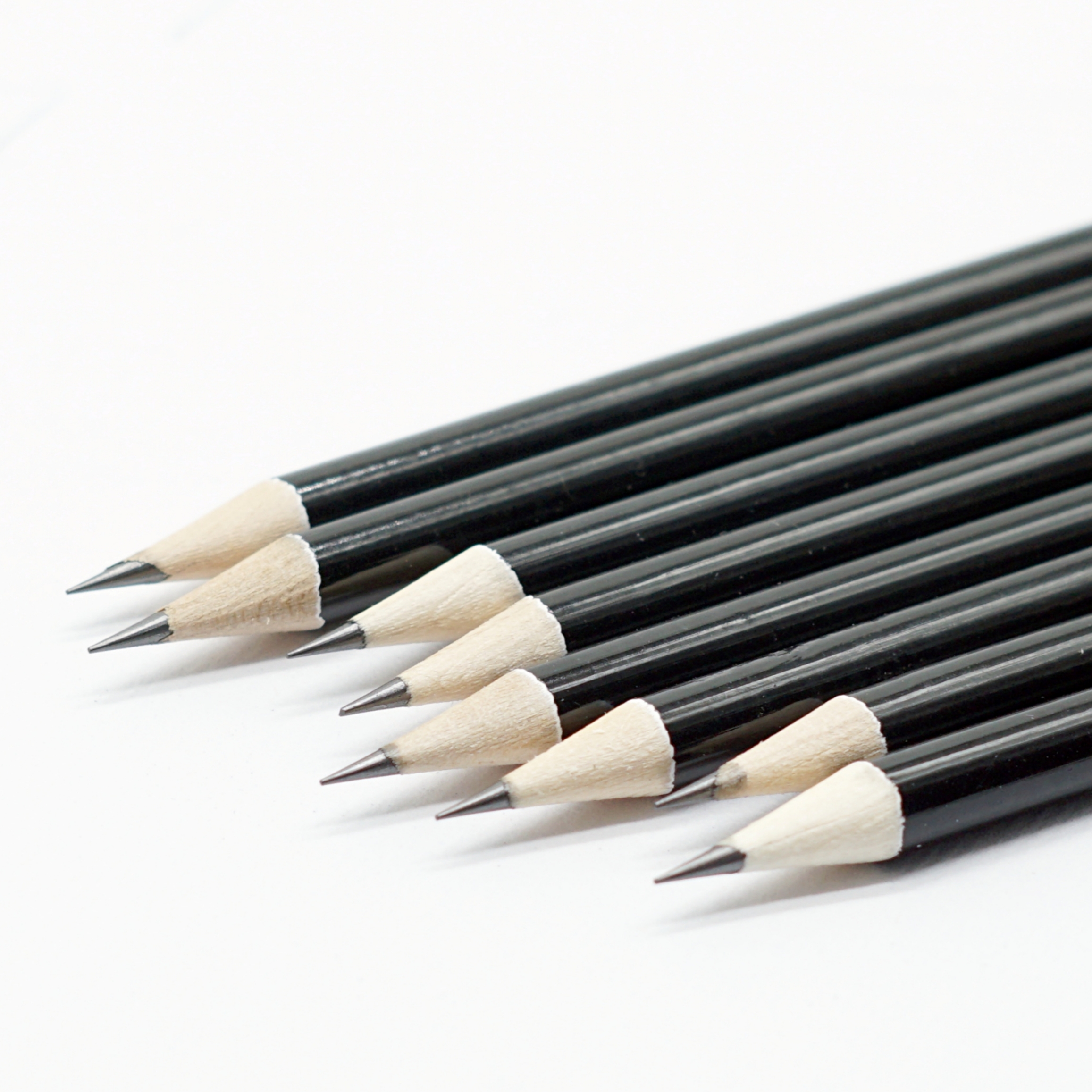
In a tripod grip, the thumb, index and middle fingers form a triangle, with the ring and little fingers supporting the middle finger. The pencil should be positioned on the tips of the three key fingers - the pad of the thumb, the middle finger on one side and the index finger on the other - so that there is equal pressure from all three fingers. All three fingers should be slightly bent. This will allow for proper control of the pencil and allow your child to write faster and easier.
Eight common wrong pencil grip: wrong pencil grip is easy to cause myopia, amblyopia, strabismus, hunchback. Be sure to pay attention to hold the pen with the correct holding position.
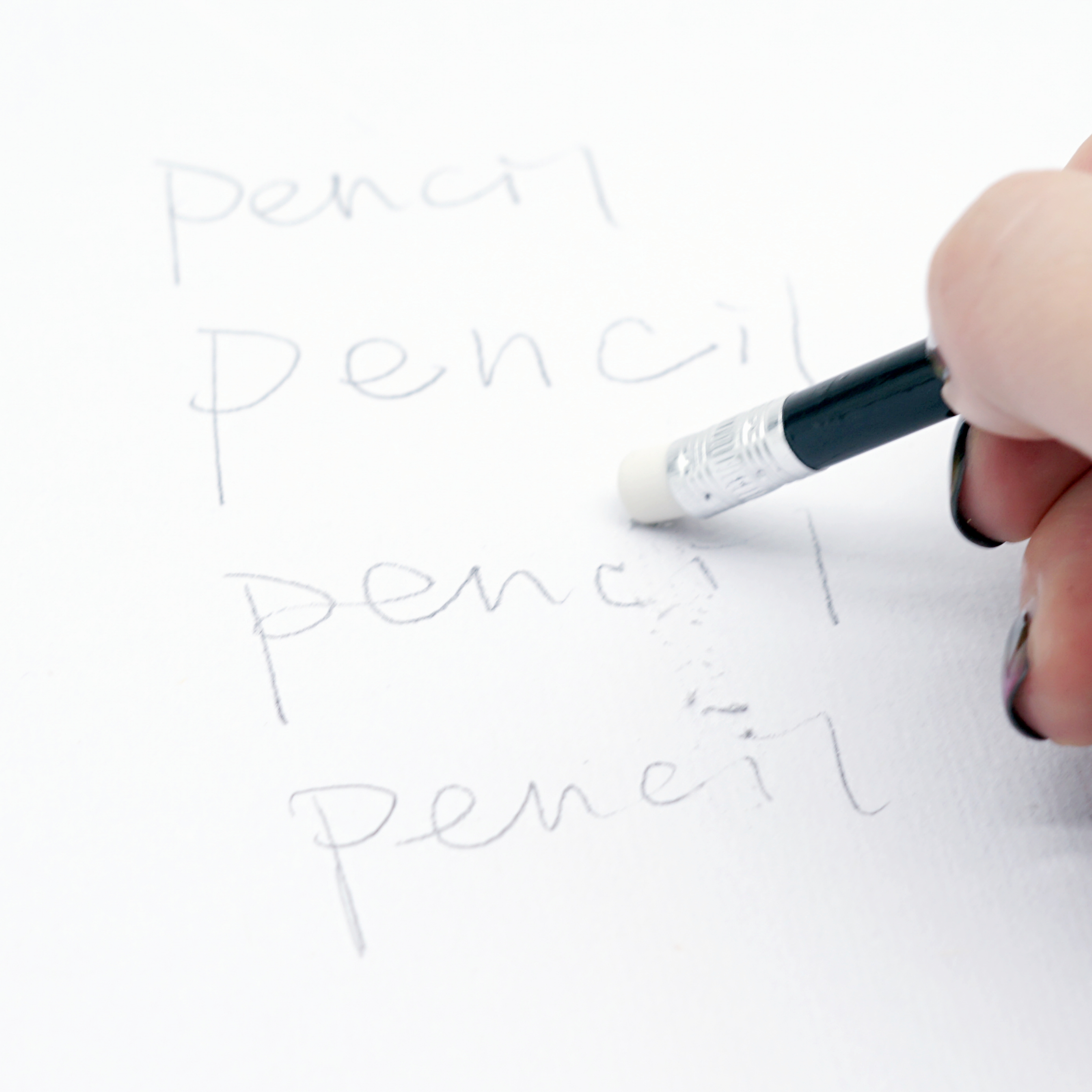
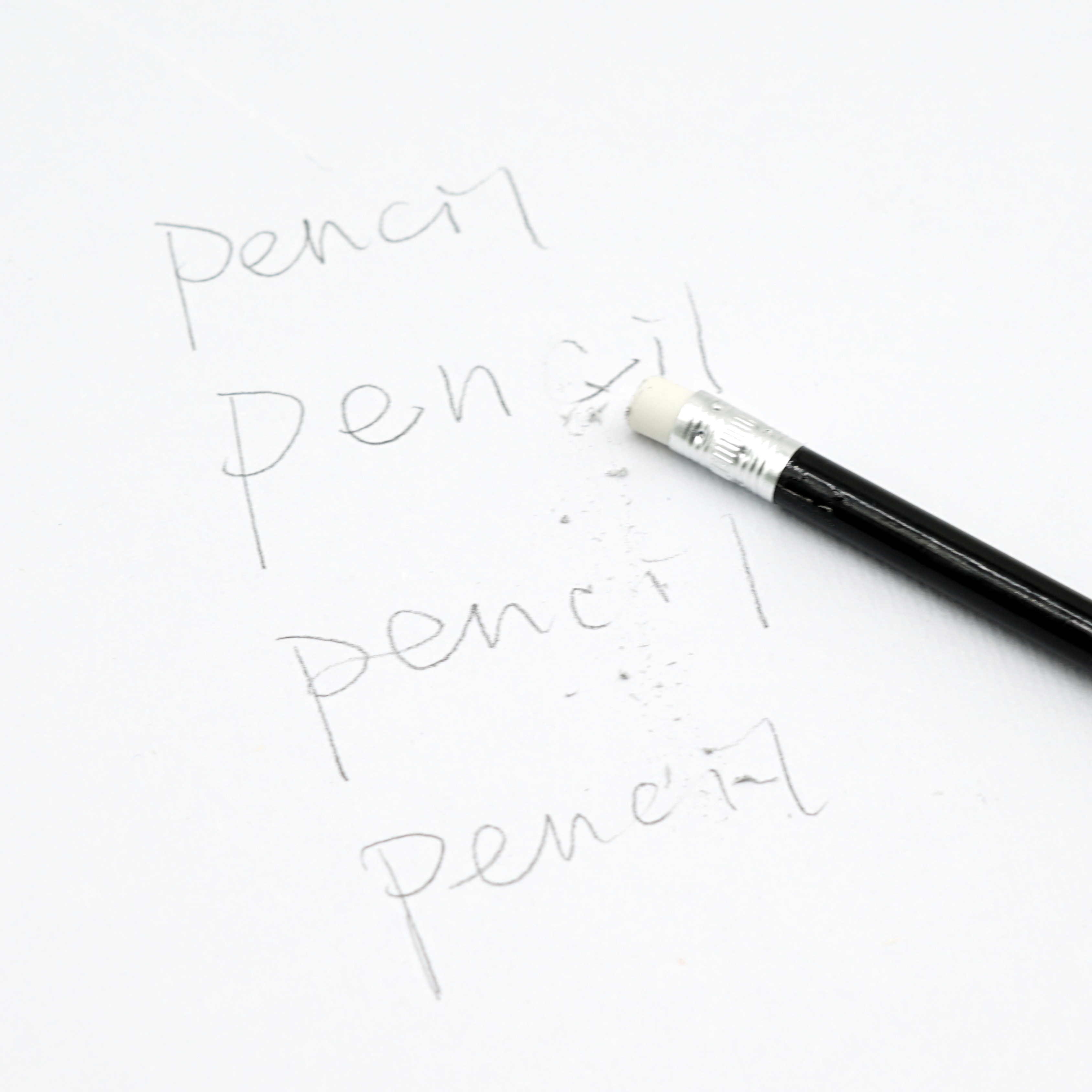
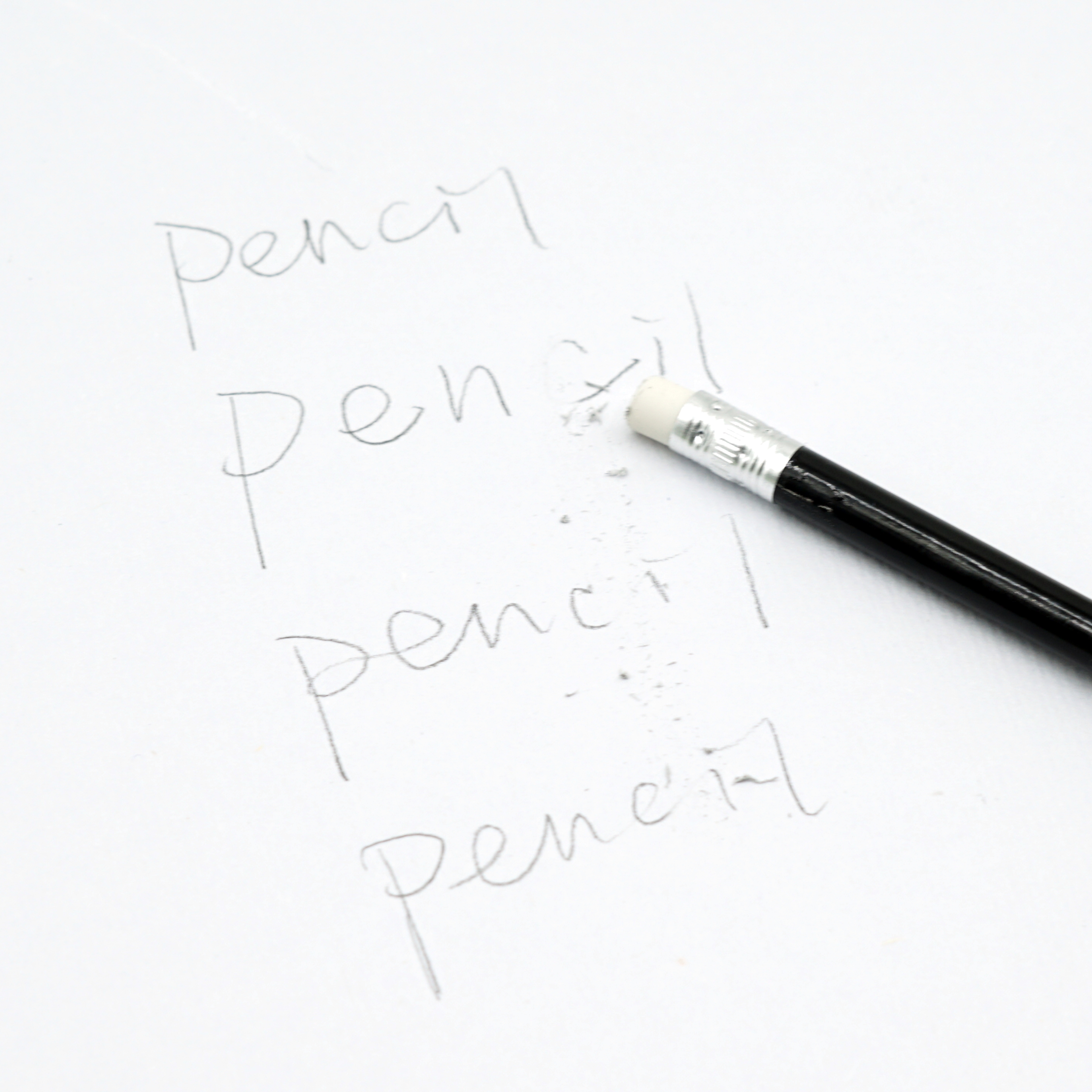
①Don't bite the tip of the pencil. Many children have the bad habit of thinking while biting pencils, knowing that often biting the pencil lead will eat lead into the mouth. This will cause lead poisoning over time and endanger our health. So it's not a good habit to put the pencil in your mouth when you think.
② You can't eat while writing. If you eat while writing, you will not only eat the lead into your stomach, but also eat other bacteria together, which is very unhygienic. Therefore, don't eat while writing.
③Wash your hands after using a pencil. When we use pencils, the lead will be on our hands, and if we eat or play with toys without washing our hands, the lead will be eaten into our stomachs or the toys will be dirty. Therefore, children must wash their hands after using pencils.
